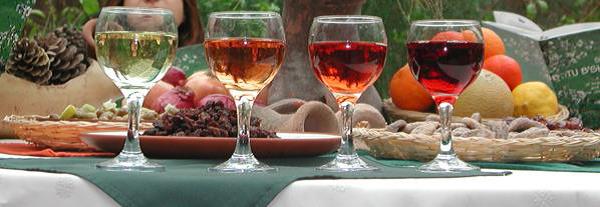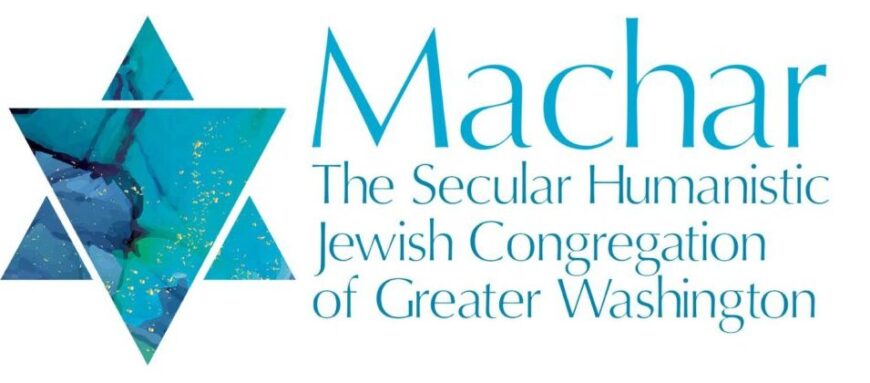
This is a late winter holiday, occurring on the 15th of Shevat — so it’s a full moon holiday. Its origin lies in stories of Asherah (Astarte), wife of the god Elohim. She rules over the sea and is also goddess of fertility. Her symbol is the tree, so this is often called the New Year for Trees. It comes at the time of year when the sap begins to rise in the fruit trees to make them fertile. We typically celebrate on the Community Sunday closest to the holiday.
Our holiday celebration is traditionally a seder emphasizing fruits, vegetables, wine, and foods of beautiful color. The ancient fertility story is also important here. Programs that emphasize humanity’s unique relationship to nature and the need to preserve, conserve, and recycle resources stimulate an awareness of the majesty of nature that lies at the heart of a Humanistic celebration of Tu B’Shevat.
The Jewish National Fund took this holiday as a symbol of making the land green and fruitful, so planting trees has become an important way of marking the holiday. This is also a good holiday for conservationists, and for celebrating that part of Tikkun Olam — repairing the world.
Tu B’Shevat is not in the Torah. Traditionally, you cannot worship or acknowledge a female deity. The establishment selected the traditions, so we have to search out the elements that were discarded or ignored. Celebrating is an example of “hearing the silence.”


 Calendar 2024 -2025 Jewish Cultural School (JCS)
Calendar 2024 -2025 Jewish Cultural School (JCS) Adult Ed and Community Sunday Calendar
Adult Ed and Community Sunday Calendar